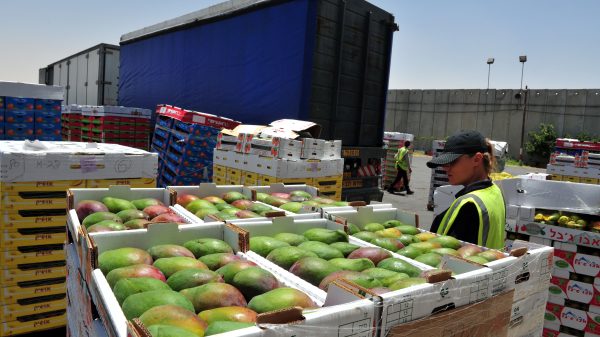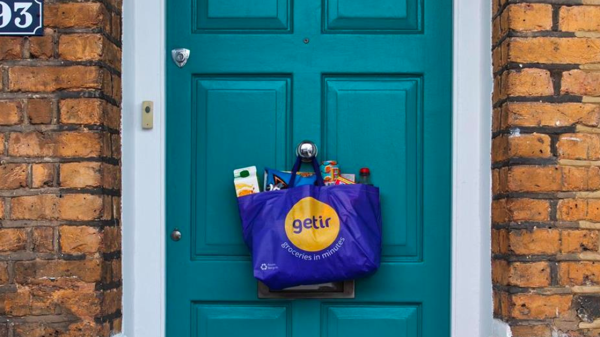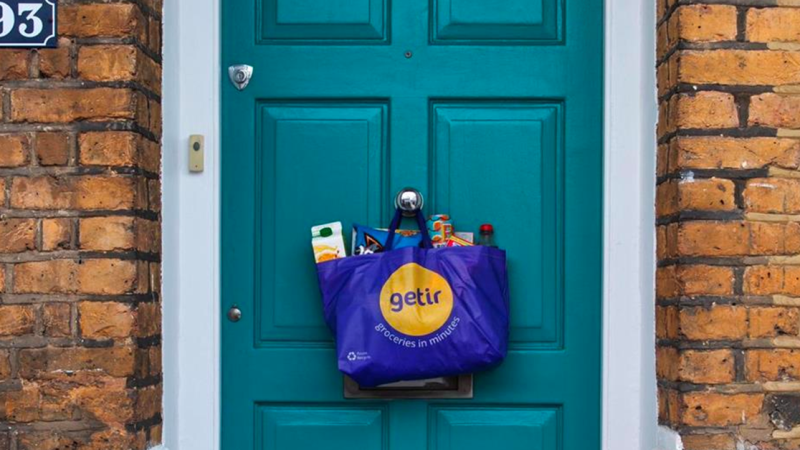Retailers often call it the ‘lipstick effect’ – the act of people cheering themselves up with cheap little treats in times of hardship. Rather than taking a hit during the cost-of-living crisis, it seems consumers are still making time for sweet treats and other all-important little indulgences.
After revealing that nearly a quarter (24%) of its consumers said they like to treat themselves to a nice dessert on the weekends, Waitrose is calling it the ‘pudding effect’.
In fact, according to the high-end supermarket, nearly a third (30%) of its shoppers have confessed they’re buying even more treats than ever as they embrace the concept of ‘edible escapism’.
Over the years, FMCG brands and manufacturers have had to adapt classic dessert staples to meet the tastes of a more modern audience. For example, Sainsbury’s introduced a new caramelised biscuit Christmas pudding last year, while Aldi offered a firecracker pudding infused with orange and chilli and M&S launched a cherry and orange liqueur Christmas pudding wreath.
In general though, the typical pattern of dessert consumption has changed over the past few years, with fewer consumers now enjoying a pudding at the end of a traditional three-course meal. Worth £1bn in the UK, the dessert sector has been declining at just over 1% in the last year – in comparison to total groceries which have grown by 1% in the last year, according to Kantar data.
“We saw a peak during the pandemic of dessert consumption but we have returned to a longer-term trend of desserts dropping off. In recent months, we have seen it dropping more quickly, a response that appears to tie to economic challenges,” said Kantar’s head of food and drink, Nathan Ward.
But that doesn’t mean desserts are completely dead. Ward also revealed they are still being consumed “outside of meal occasions” and “as a single indulgent snack at other times in the day, such as later in the evening”.
So how important is the dessert category to the UK market and what new trends can we expect to see throughout 2023?
Subscribe to Grocery Gazette for free
Sign up here to get the latest grocery and food news each morning
The ‘pudding effect’
According to Waitrose dessert buyer, Michelle Slade, customers are treating themselves to little treats more than before, with lots of enjoying desserts for a “mid-week treat or as a weekend indulgence”.
“Our range of tarts, in particular our Lemon Tart and Treacle Tart, are proving really popular with customers at the moment with sales up 40% compared to last year,” she said.
“Hot desserts to share are also top picks at the moment, especially crumbles, as more consumers are dining with friends and family at home yet still wanting to make it a special occasion with delicious food and drink.”
Premier Foods brand director for desserts Daniel Jalalpour said it is also “seeing many people continuing to enjoy desserts as an affordable treat for their families”, describing healthier options as an “added bonus”.
“While the external backdrop is set to remain challenging this year, we expect to see continued growth in the ambient desserts sector,” he said, pointing out that a “longer shelf-life means there is a reduced risk of food waste for both the retailers and the households purchasing them”.
Jalalpour also revealed there’s there’s plenty more in the pipeline for Premier Foods in 2023, as it has been delighted by the early success of its entry into the ice-cream category, with strong demand for frozen versions of classic favourites such as Ambrosia, Angel Delight and Mr Kipling.
Luxury ice creams
Worth a total of £1.4bn, the UK ice cream market – which makes up 23% of all frozen desserts sold in the UK – is showing no signs of slowing, with Häagen-Dazs owner General Mills recently reporting a 4% increase in sales to £4.3 billion, revealing “strong top and bottom-line growth” across the category.
As a sector, the luxury ice cream category is a ripe breeding for new flavours and innovations, with leading brands such as Häagen-Dazs looking to push the bar wherever possible.
Last week, the ice cream brand partnered with world-renowned pastry chef Pierre Hermé – ‘The Picasso of pastries’ – to launch a macaron-inspired range, bringing a French touch to two classic flavours: strawberry and raspberry and double chocolate ganache.
“Pierre Hermé is celebrated for his exquisite macarons and together with the iconic ice cream of Häagen-Dazs, a new era of magical indulgence is here,” said head of Häagen-Dazs UK, Jose Alvez.
“The partnership showcases the true craftsmanship of both brands; passionate about innovating and re-interpreting classic favourites and creating extraordinary experiences.”
Ferrero Rocher UK has also announced a new range of premium ice creams, similarly meeting consumer demand. The new frozen selection includes a trio of new flavours, with Ferrero Rocher Classic, Ferrero Rocher Dark and Raffaello all now available as premium ice cream sticks.
“Ferrero Rocher and Raffaello are well-loved and trusted brands by many, and, as a key player within the confectionery category, we are confident that the newest addition to our portfolio will drive cross-category purchase between confectionery and ice cream,” UK & Ireland sales director at Ferrero, Jason Sutherland said.
He added: “It will attract existing Ferrero shoppers to the ice cream aisle as well as recruiting new ones, supporting retailers in strengthening the category.
Alcoholic twist
With a focus on growth and an aim to invigorate the chilled dessert category, Gü has contributed 25% to the market value of branded chilled desserts in the UK over the past two years.
Following research which found that almost half of consumers (49%) said they were found hybrid desserts appealing, the dessert brand recently launched its Mixology range with new flavours inspired by the UK’s most popular cocktails.
The new range was launched to help Gü tap into the UK’s growing cocktail market – currently worth £600 million and growing 10% year-on-year. Debuting in Asda nationwide, the new selection comes in three flavours – Passionfruit Martini, Strawberry Daiquiri, and Espresso Martini.
“Without giving too much away, we are proud that innovation remains a core pillar of our growth strategy. Based on research, we have some winning concepts on the way for autumn/winter. One of these is a first for the desserts category and another is a modern twist on a Gü favourite,” senior brand manager at Gü UK, Charlotte Brown said.
“The challenge for Gü in the coming years is to continue delivering innovative products that consumers can enjoy from the comfort of their sofa.”
From a retailer perspective, Charlotte Brown says that the dessert category provides the opportunity for consumers to “trade up and spend more on treats,” and to “rival other categories such as premium ice cream and confectionery.”
Healthier treats
There is also a growing trend for healthier desserts amid the new HFSS laws, meaning a steady stream of low-calorie and non-HFSS variants of popular sweet treats are being introduced to the category.
According to global consumer trends analysts Mintel, 70% of dessert eaters believe a dessert can be both healthy and indulgent, while more than a third of respondents (36%) say that desserts lower in sugar would prompt them to enjoy these treats more often.
Entrepreneur and Fourpure founder Dan Lowe has launched a new ice cream brand, named Smugglers, which contains hidden veg and extra vitamins. The brand is initially launching chocolate (with hidden beetroot) and vanilla (with hidden parsnip), with more flavours in development.
Smugglers has secured a non-exclusive listing with Waitrose from 5 March this year, and is aimed at families who “won’t compromise on taste and texture” but also want “some goodness in their ice cream”.
“We know that first and foremost ice cream has to taste great for kids to enjoy it, but we’ve smuggled just enough veg into our ice cream so that you can’t see or taste it at all, but it also adds a little bit of goodness,” said Lowe.
“Because we’ve added in the veg it helps to reduce fat, have fewer calories and lower sugar versus a leading equivalent pot ice cream brand,” he added.
Looking ahead
It’s clear that 2023 is looking to push the bar on how consumers view the dessert industry, with new flavours and innovative twists keeping consumers engaged – and this is only a taste of what we can expect.
Despite shoppers cutting back on their non-essential spending, cravings from people with a sweet tooth and fierce competition from both existing and emerging dessert brands will come together to push the sector forward over the coming year.










